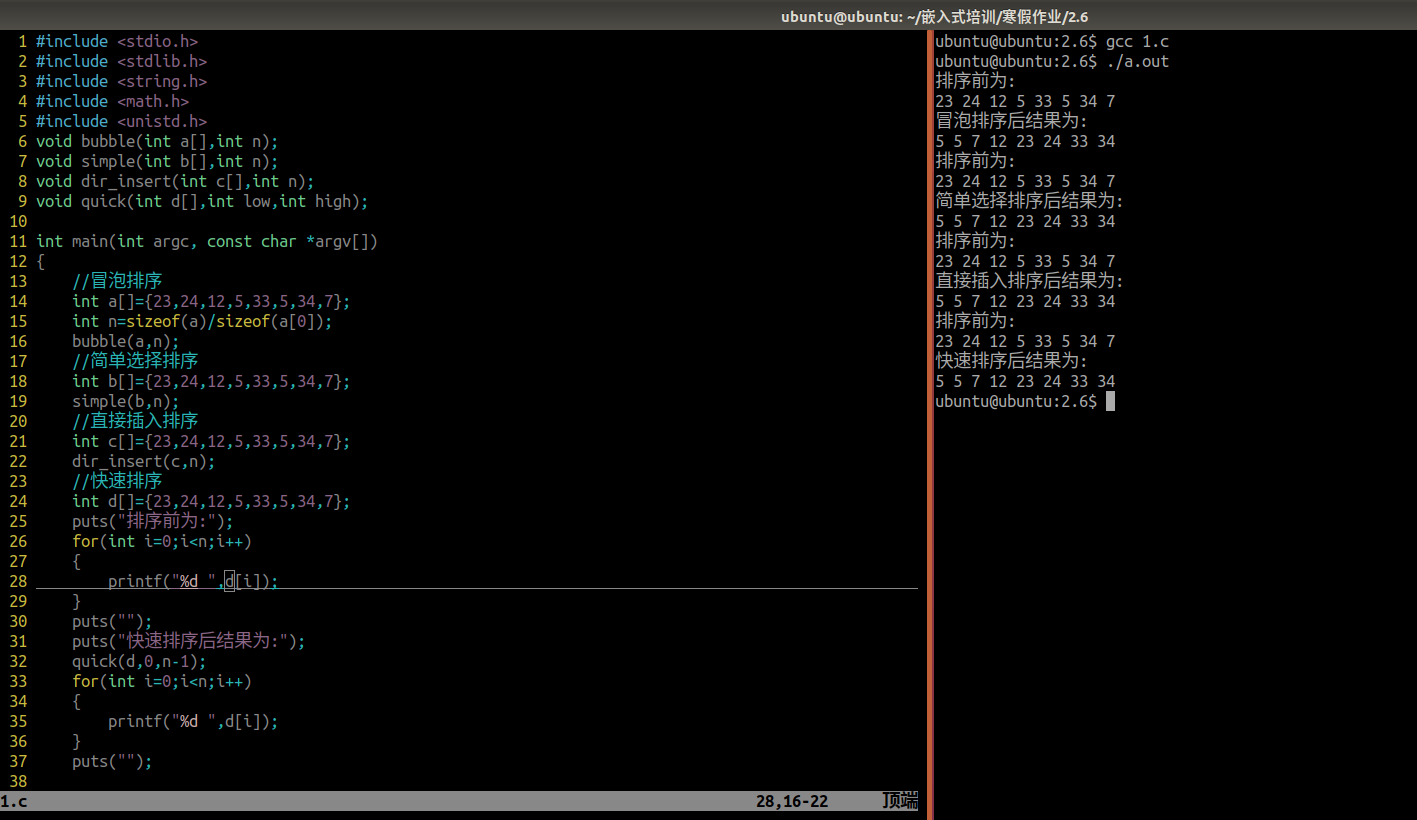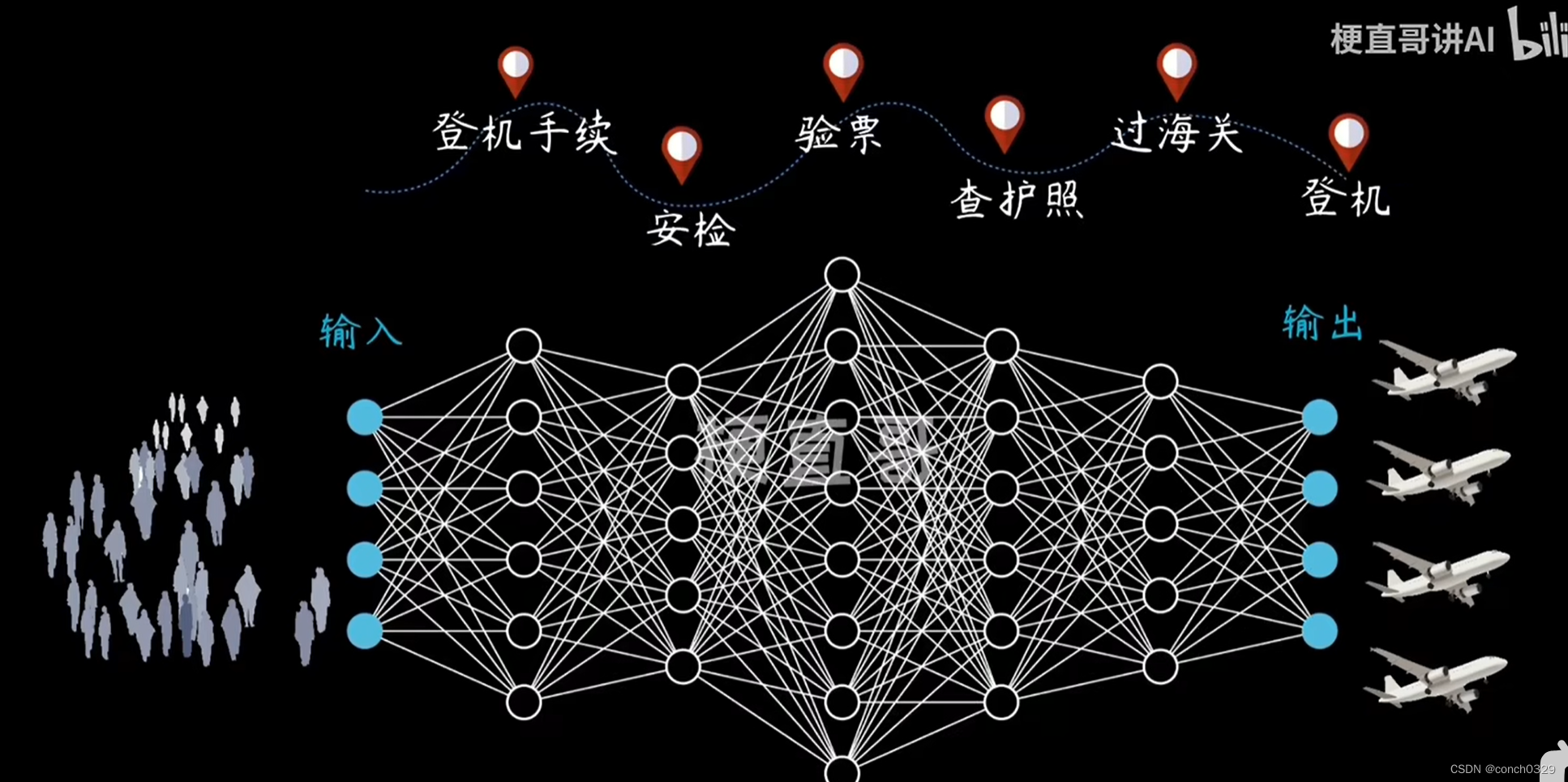标准库类型string,基本函数成员用法详细讲解
一、头文件
#include <string>
using std::string;
二、string构造函数
string str1 = "hello";
string str2(str1);
//结果str2 = "hello"
string str(5, 'w');
//str相当于 str = "wwwww"
三、string赋值函数assign
由于string可以当作数据类型,string类型,通用的运算符都可以直接使用这里不展示,这是operator运算符重载。
- string& assign(const char* s);
//将字符串s赋值给当前的字符串 - string& assign(const char* s, int n);
//将字符串s的前n的字符赋给当前的字符串
string str;
str.assign("hello");
//结果 str = "hello"
string str1("hello");
string str2;
str2.assign(str1);
//结果 str2 = str1 = "hello"
string str;
str.assign(5, 'w');
//str相当于 str = "wwwww"
四、string拼接函数append
由于string可以当作数据类型,string类型,通用的运算符都可以直接使用这里不展示,这是operator运算符重载。
string str("hello");
str.append("world");
//结果 str = "helloworld"
string str("hello");
str.append("worldwww", 6);
//结果 str = "helloworldw"
string str1("hello");
string str2("world");
str1.append(str2);
//结果 str2 = "helloworld"
string str1("hello");
string str2("wearworldea");
str1.append(str2, 3, 5);
//结果 str2 = "hellorworl"
五、string查找函数 find和 rfind
string str1("helloworld");
string str2("world");
int pos = str1.find(str2, 2);
//结果 pos = 5
string str("helloworld");
int pos = str.find("world", 2);
//结果 pos = 5
string str1("helloworld");
string str2("orld");
int pos = str1.find(str2, 1, 3);
//结果 pos = 6
string str("helloworld");
int pos = str.find('o', 2);
//结果 pos = 4
-
int rfind(const string& str, int pos = npos) const;
//查找str最后一次位置,从pos开始查找(上面find有案例) -
int rfind(const chan* s,int pos = npos) const;
//从下标pos查找s的前n个字符最后一次位置(上面find有案例) -
int rfind(const char* s,int pos, int n) const;
//查找字符c最后一次出现位置(上面find有案例) -
int rfind(const char c,int pos = 0) const;
//查找字符c最后一次出现位置(上面find有案例)
六、string替换函数 replace
string str1("hello");
string str2("helloworld");
str2.replace(5, 2, str1);
//结果 str2 = "hellohellorld"
string str("helloworld");
str.replace(5, 2, "hello");
//结果 str = "hellohellorld"
七、string比较函数 compare
比较方式:字符串比较是按字符的ASCII码进行对比
字符串比较 = 返回 0
字符串比较 > 返回 1
字符串比较 < 返回 -1
string str1("hello");
string str2("helloworld");
int i = str1.compare(str2);
//结果 i = -1
string str("helloworld");
int i = str.compare("hello");
//结果 i = 1
八、string字符存取函数 at
由于string可以当作数据类型,string类型,可以用运算符 [ ] 访问这里不展示,这是operator[]重载。
at函数原型
string str("helloworld");
char c = str.at(5);
//结果 c = 'w'
九、string字符串大小函数 size
string str("helloworld");
int n = str.size();
//结果 n = 10
十、string插入函数 insert
insert函数原型
string str("helloworld");
str.insert(5, "hello");
//结果 str = "hellohelloworld"
string str1("helloworld");
string str2("hello");
str1.insert(5,str2)
//结果 str1 = "hellohelloworld"
string str("helloworld");
str.insert(5, 2, 'z');
//结果 str = "hellozzworld"
十一、string删除函数 erase
erase函数原型
string str("helloworld");
str.erase(1, 8);
//结果 str = "hd"
十二、string获取子串substr
substr函数原型
string substr(int pos = 0, int n = npos) const;
//返回由pos开始的n个字符组成的
string str("helloworld");
string sub = str.substr(3, 3);
//结果 sub = "low"
原文地址:https://blog.csdn.net/weixin_74814064/article/details/134739169
本文来自互联网用户投稿,该文观点仅代表作者本人,不代表本站立场。本站仅提供信息存储空间服务,不拥有所有权,不承担相关法律责任。
如若转载,请注明出处:http://www.7code.cn/show_34724.html
如若内容造成侵权/违法违规/事实不符,请联系代码007邮箱:suwngjj01@126.com进行投诉反馈,一经查实,立即删除!





